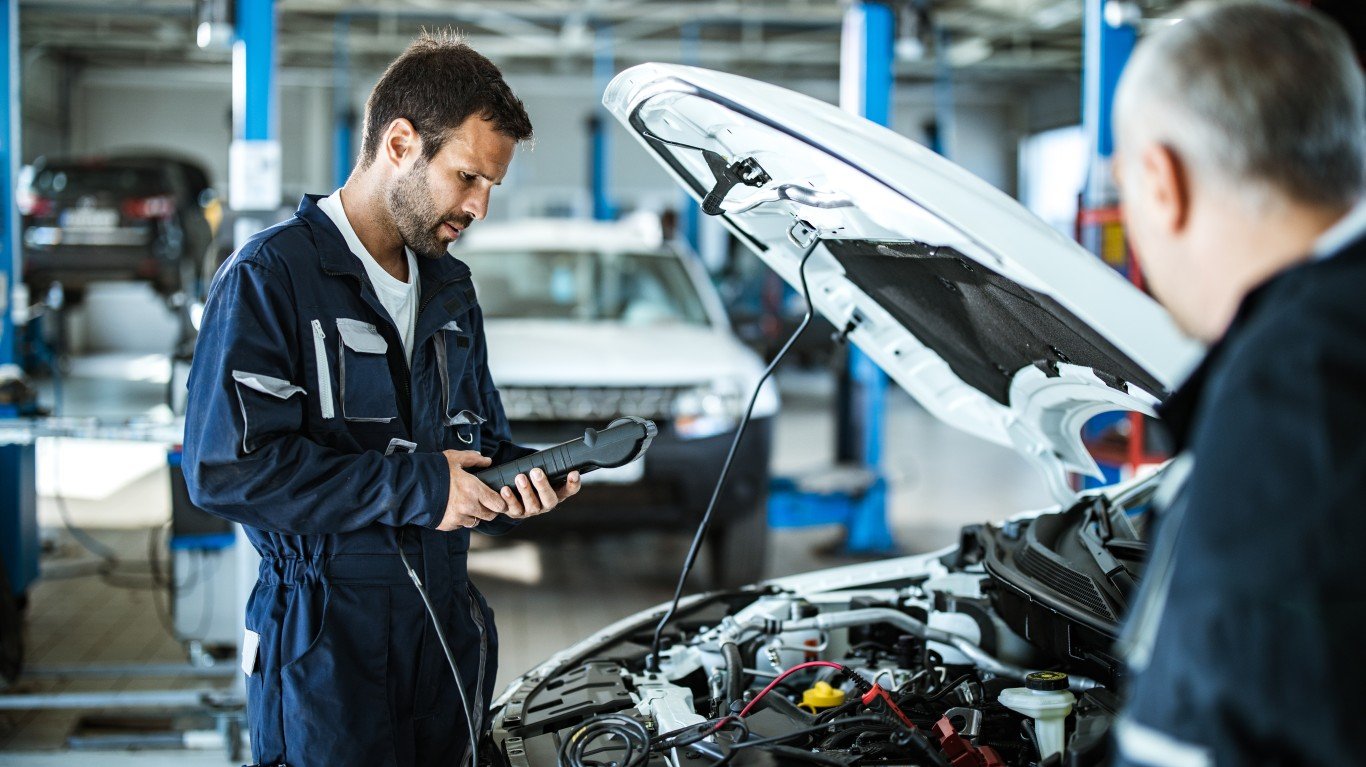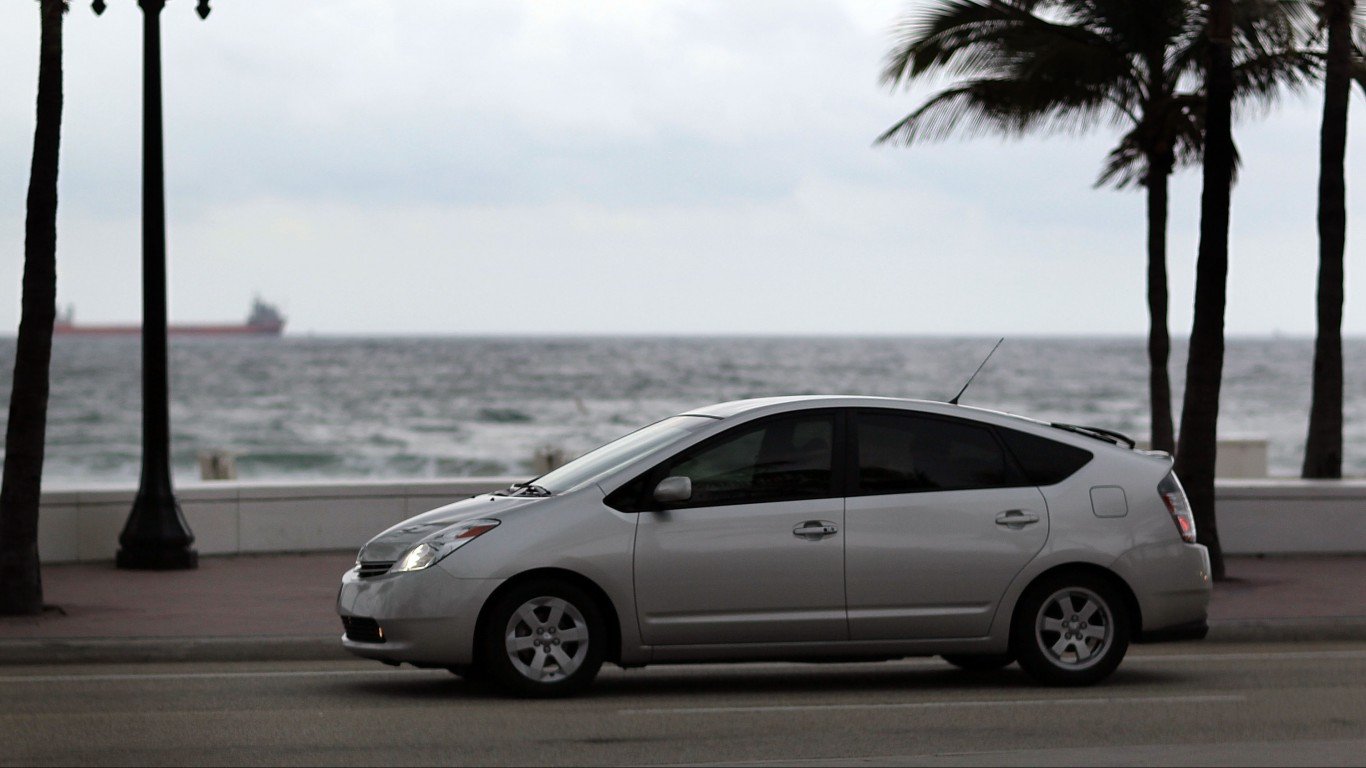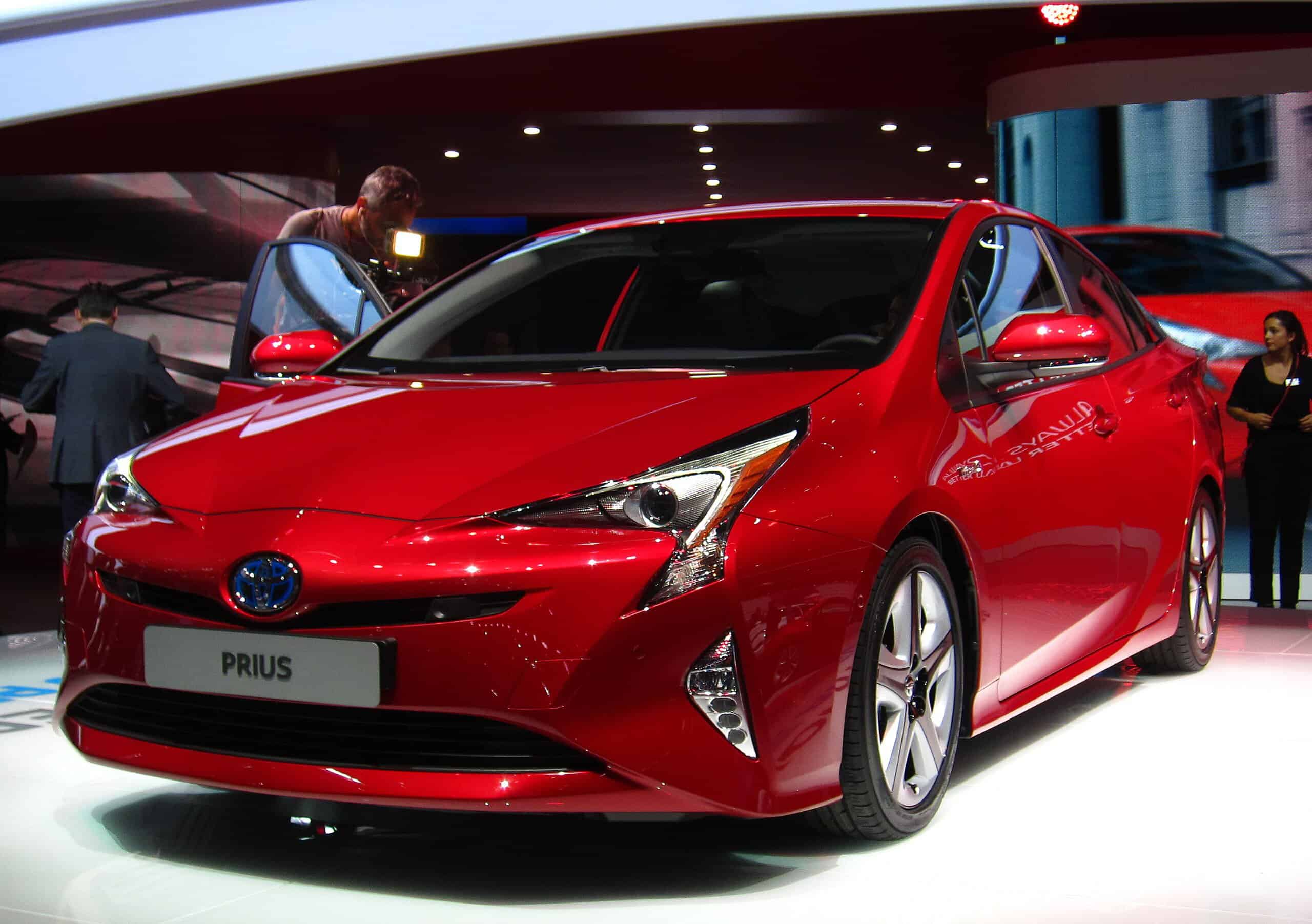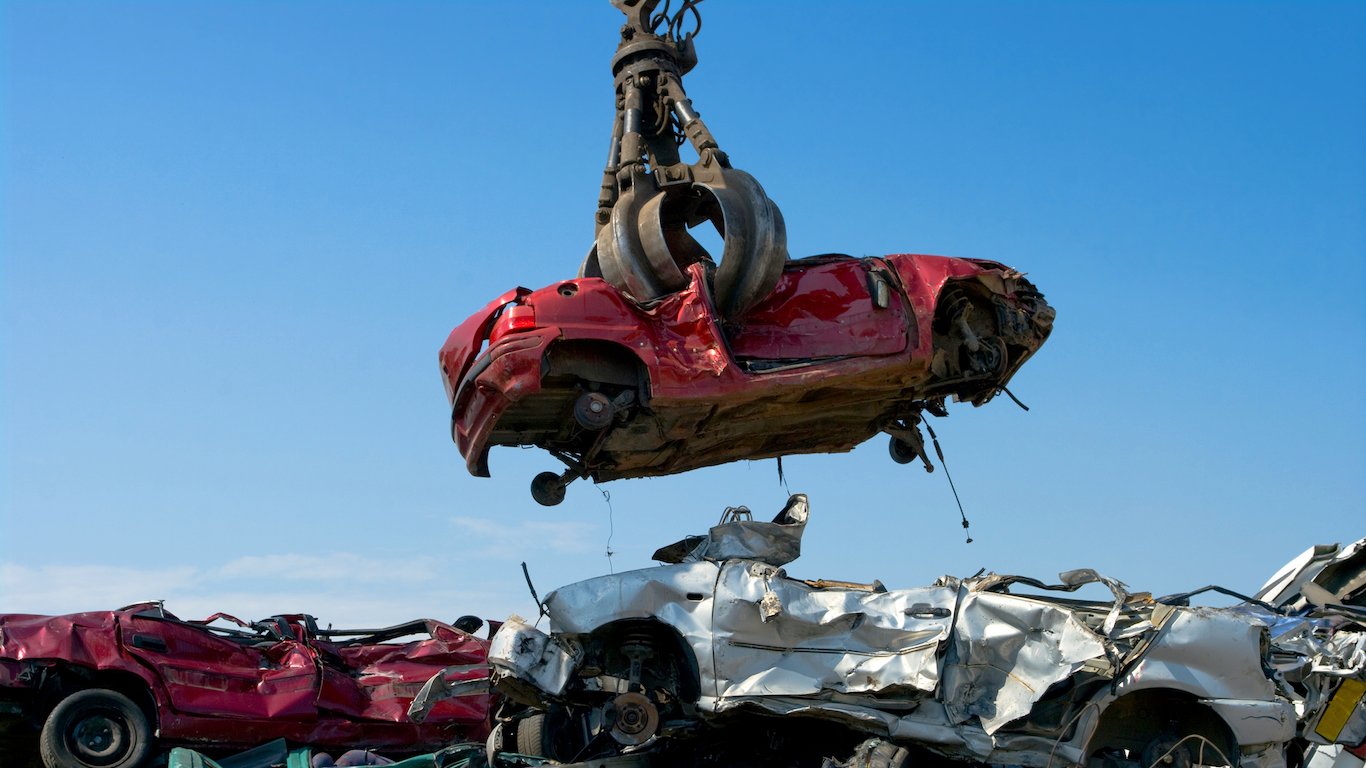Owning an aging car can feel like balancing on a financial tightrope. One misstep, and suddenly you’re staring at a repair bill that costs more than your monthly rent. That’s exactly the dilemma Reddit user PitKempo1 found himself in this year when his 2010 Toyota Prius demanded $4,300 in repairs. The big question loomed: Should he invest in repairing his old car, or finally cut ties and move on?
This is not a unique dilemma. Across the country, thousands of drivers with older vehicles are asking the same thing. Repair costs are climbing just as used car prices and lending rates stay stubbornly high. What once seemed like an easy decision—ditch the old clunker and buy something newer—has become far more complicated. Advice from experts and everyday drivers shows why the “repair or replace” question isn’t as straightforward as it seems.
Key Points
-
In today’s economy, repairing an older car often makes more sense than trading up for a newer one. However, there are some caveats to consider, including a longer-term strategy for upgrading your ride.
-
Millions of Americans keep making 5 basic mistakes with insurance and keep overpaying every year, sometimes by thousands of dollars. But, it’s easy to avoid if you know how.
The $4,300 Decision
PitKemp1 shared his decision on Reddit:
What Other Drivers Say

Online, some drivers swore that fixing their Prius was the smartest move they’d ever made. Others said they regretted it deeply, wishing they had walked away while they still could. The consensus in communities like r/DaveRamsey is strong, though: most users strongly advise repairing rather than replacing the car. The reasoning went like this—if you don’t currently have a car payment, even a major repair can still work out cheaper than financing a new or used replacement. A few of the recurring arguments stood out:
-
Repairs usually cost less than replacement. Unless you’re stacking major bills every few months, one big repair is still likely cheaper than two years’ worth of car payments.
-
Maintenance is unavoidable. Every car, new or old, will demand money. Putting off repairs until the car is undriveable often makes the costs bigger, not smaller.
-
Do the math. A $4,300 repair that buys you two more years translates into about $180 a month. That’s still significantly less than the $300–$600 a month most drivers are paying for used cars in 2025, not to mention the insurance bump.
The advice from these Reddit users echoed a truth backed by financial planners: sometimes the unglamorous choice—repairing instead of upgrading—is the best way to keep your budget under control.
Repair vs. Replace: The Numbers

The average annual repair bill for an older vehicle runs about $1,300. In the case of a hybrid like a Prius, an expensive wildcard is a replacement electric battery, which can cost $2,500-$3,000. However, depending on climate, driving patterns, and how well upkeep is followed, these only need replacement every 8-12 years.
On the flip side, financing a newer car means higher monthly payments, higher insurance, taxes, and registration fees. Used car prices dropped in 2024 but by mid-2025, they have risen again to an average price of $25,500. Shortages of components like computer chips and recently-imposed tariffs have driven up the price of new cars, pushing many buyers into the used car market and inflating prices there due to high demand.
According to Experian, interest rates on used car loans range from 6.8% to 13.7% depending on the borrower’s credit score, with an average rate of 11.9%. Assuming no down payment, an 11.9% interest rate, and an average loan term of 67 months, monthly used car payments on a $25,500 car would be $522. This works out to $6,273 a year: enough to absorb that Reddit user’s $4,300 repair bill with $2,000 left over for more repairs every year.
Durability of the 2010 Prius

The 2010 Toyota Prius is widely applauded for its durability, with many models surpassing 200,000–250,000 miles and some even topping 300,000 when well maintained. The hybrid battery typically lasts 8–12 years or up to 200,000 miles, and replacing it can add another decade of reliable use. Major engine or transmission failures are rare; most repairs involve routine wear items like brakes or suspension.
High-mileage Priuses do face common issues such as oil consumption, head gasket leaks after 120,000 miles, and occasional headlight wiring problems, though recalls addressed some of these concerns. Preventative maintenance—regular oil changes and cleaning the EGR and intake system—greatly reduces risks. The car’s reputation for longevity and low operating costs makes it an excellent value for drivers who stay on top of standard upkeep.
The Hidden Costs of Newer Cars

It is easy to assume that replacing an older vehicle automatically provides peace of mind, but a closer look at the financials tells another story. The first hidden cost is depreciation. A new car loses much of its value in the first three years, meaning thousands of dollars in equity are gone long before the loan is paid off. Insurance is another factor—premiums often double compared to an older vehicle. Even used cars carry risk. While the purchase price may be lower than a brand-new model, many come with unknown maintenance histories. Drivers sometimes discover they have traded one set of problems for another, adding frustration to financial strain.
A Smarter Long-Term Strategy

Financial planners often point to a practical alternative: rather than locking into years of car payments, keep the older vehicle on the road while setting aside the amount you would have spent each month on newer car payments into a dedicated “car replacement fund.”
The math is straightforward. If a newer used car costs, say $450 a month between payments and insurance, redirecting that same amount into savings quickly builds a cushion. Over two years, the fund grows to nearly $11,000. That money can be used to purchase a replacement vehicle outright or to reduce the size of a future loan. This method creates a financial ladder. Each cycle with an older car funds the next step upward, moving owners gradually from high-mileage vehicles to newer and more reliable ones—all without carrying perpetual debt.
Approaching the Repair-or-Replace Decision

Experts recommend evaluating three main factors before making a final choice about repairing or replacing your ride:
-
Seek multiple opinions. Dealerships frequently charge more, while independent mechanics or hybrid specialists may offer lower rates.
-
Consider the nature of the repair. A one-time failure, such as a hybrid battery, may buy many more years of use. Ongoing patterns—like repeated engine or electrical issues—signal a vehicle nearing the end of its useful life.
-
Run the “car payment” calculation. Divide the cost of the repair by the number of months it is expected to extend the vehicle’s life. If that monthly figure is lower than the payment on a replacement car, repairing almost always makes sense.
Extending the Life of an Older Car

Preventative care is crucial in reducing costly surprises. Many owners find that major repairs feel overwhelming mainly because smaller maintenance items were delayed until they compounded into larger problems. Regular oil changes, fluid flushes, and brake inspections all contribute to keeping expenses predictable. Detailed maintenance records also help. A written log of repairs and mileage makes it easier to diagnose problems, supports resale value, and provides confidence when deciding whether to keep or replace the vehicle. Prius owners in particular can benefit from considering rebuilt hybrid batteries, which are available at a fraction of the cost of new dealer-installed versions. Online owner forums and local hybrid repair shops often provide reliable recommendations.
Financing Repairs Without Losing Control

Not every driver has thousands of dollars ready for unexpected repairs, but several financing tools exist. Personal loans often carry lower rates than dealership repair financing. A credit card may cover the bill in emergencies, but only if the balance can be paid quickly to avoid high interest charges. For vehicles used in business, tax deductions can also ease the burden. Under Section 179 in 2025, business owners may write off significant expenses related to vehicles, while the federal mileage deduction of 70 cents per mile covers depreciation, gas, and repairs. Proper record-keeping is essential, but for freelancers and small business operators, these deductions can significantly offset repair costs.
Knowing When to Walk Away

Despite the clear financial advantages of repairing, there are limits. Replacement becomes the better option if the car jeopardizes safety, fails repeatedly despite major repairs, or if costs consistently exceed the vehicle’s value. In some cases, professional considerations also tip the scale. An owner who still drives the car they had in college may find it difficult to project credibility when working with upscale clients in fields like real estate, consulting, or executive sales. In those situations, a newer vehicle is less about luxury and more about creating the right first impression—an investment that may pay for itself in the business it helps secure.
For drivers who simply need a more polished look, a professional paint job or vinyl wrap—typically costing $1,500 to $5,000 depending on quality—can be a cost-effective way to improve a car’s appearance without taking on years of payments. But when replacement is the right choice, experts recommend certified pre-owned models or carefully inspected late-model used cars as safer bets than starting over with an unknown high-mileage vehicle.
The Subjective Element

Not every car decision comes down to numbers. Buying a newer vehicle is often as much an emotional choice as it is a financial one. For every owner who feels sentimental about holding on to a memory-filled car, there are ten more who resent driving what they consider a “clunker” and daydream about upgrading. The reality is that a replacement car can deliver a temporary surge of excitement followed by years of financially draining debt payments. For many, the lesson from cases like the $4,300 Prius repair is simple: fixing what you already own is not only about saving money today—it’s about building financial flexibility for tomorrow.
The post I Struggled to Repair My 2010 Prius And Don’t Know If It Was Worth the $4,300 Investment appeared first on 24/7 Wall St..
Click this link for the original source of this article.
Author: Drew Wood
This content is courtesy of, and owned and copyrighted by, https://247wallst.com and its author. This content is made available by use of the public RSS feed offered by the host site and is used for educational purposes only. If you are the author or represent the host site and would like this content removed now and in the future, please contact USSANews.com using the email address in the Contact page found in the website menu.





